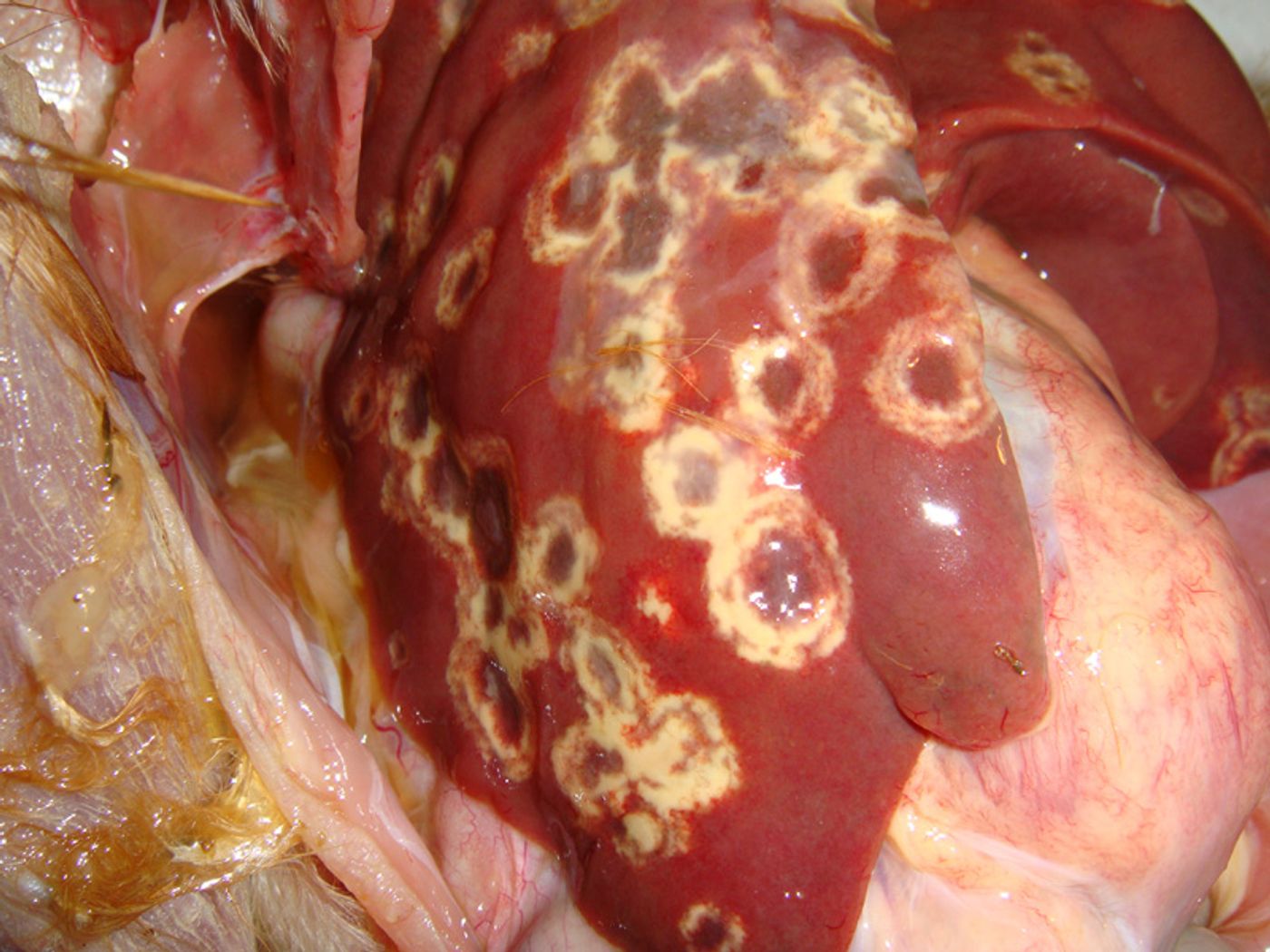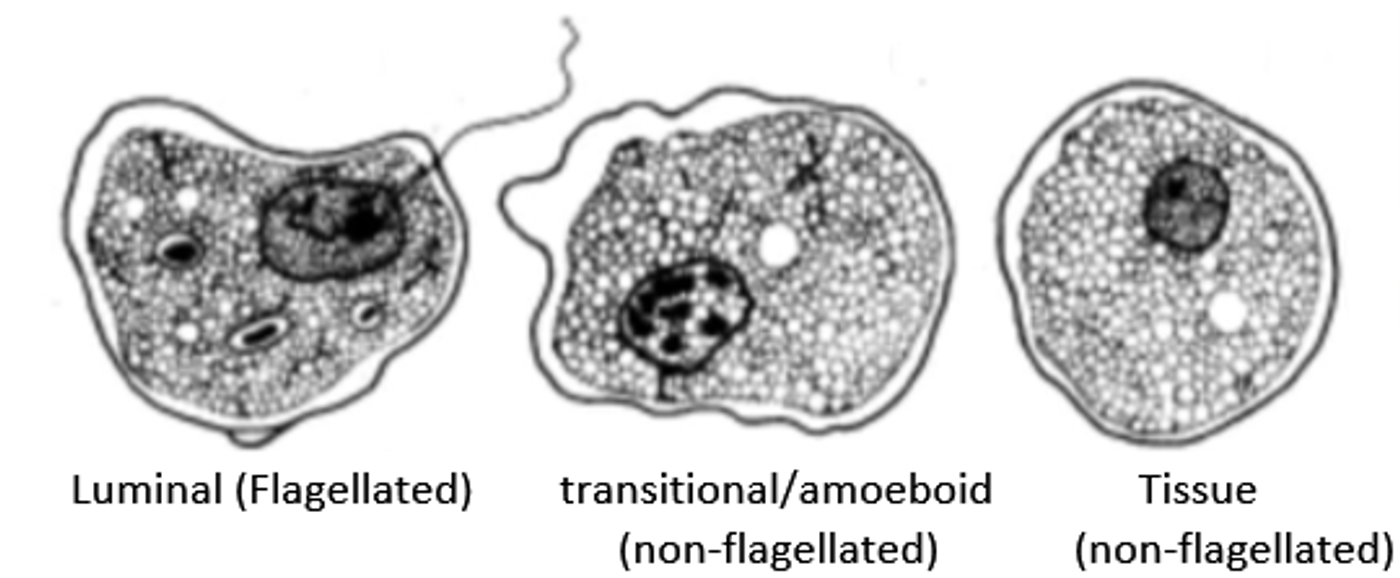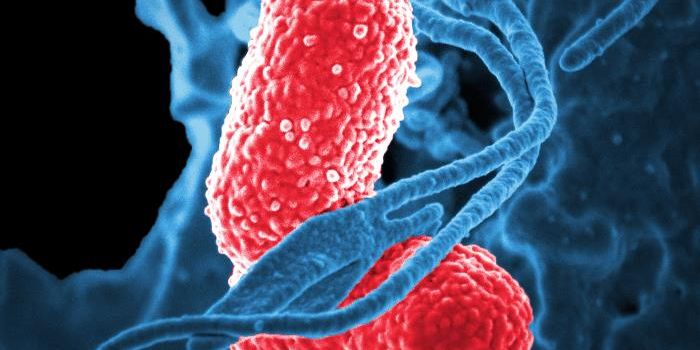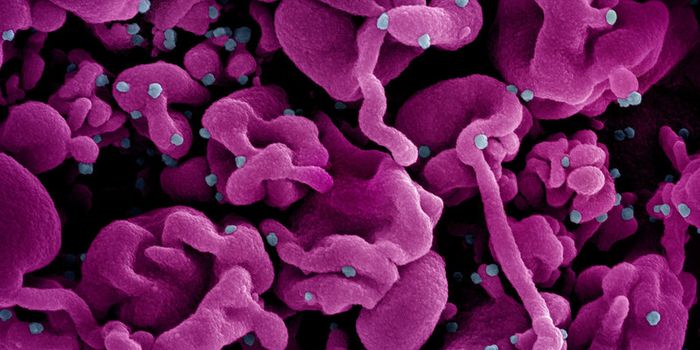Thanksgiving is fast-approaching, which means many of us will be chowing down on turkey. I thought, “what better time to learn about turkey pathogens?”. That way, when things get tense with your mother-in-law, you can make turkey disease small talk.
One of the most common and deadly diseases in turkeys is “blackhead”, also known as “infectious enterohepatitis”. Blackhead is caused by the protozoan parasite
Histomonas meleagridis and was first described in 1893 in Rhode Island. About 11 million turkeys were produced on commercial farms in 1890. As a result of blackhead, those numbers dropped to 3.7 million annually between 1910-1920.
H. meleagridis also infects nematode worms that are carried by earthworms. Thus, turkeys often become infected with blackhead when they eat earthworms (gross).
H. meleagridis causes disease when it enters the ceca, which are “blind pouches” in the turkey’s intestine.
H. meleagridis is a single-celled anaerobe that takes two body forms - flagellated (8–15 μm in diameter) and amoebic (8–30 μm in diameter). The parasites are flagellated while in the cecum, but transition into the amoebic form when they enter the tissues of the cecum wall. From there, they enter the bloodstream and travel to the liver where they create “bulls-eye” lesions of dead and necrotic tissue. They can also travel to the kidneys, heart, lungs, and brain.
Blackhead itself does not kill turkeys. Instead, it weakens the birds enough that secondary infections by
E. coli,
B. subtilis, and coccidia become fatal. Anti-histomonal drugs such as the nitroimidazoles were developed in the 1960s, but have since been banned. Luckily, the drug Nitarsone is often used to prevent blackhead on commercial farms.
While
H. meleagradis is not a health threat to humans, two of its relatives are.
Dientamoeba fragilis causes
dientamoebiasis, also known as “traveler’s diarrhea”. It causes weight loss, fatigue, nausea, vomiting, and a skin rash. It can actually be mistaken for irritable bowel syndrome if not correctly diagnosed. In fact, it is becoming a
prevalent gastrointestinal infection in developed countries, occurring in about 10% of children ages 11-15.
Trichomonas vaginalis is another relative of
H. meleagridis and is a common cause of vaginitis, also known as
trichomoniasis.
There you have it. Everything you didn’t know you wanted to know about the turkey pathogen
Histomonas meleagridis.
Sources:
Merck Veterinary Manual,
National Wild Turkey Federation,
Clinical Microbiology Reviews, Wikipedia




















































